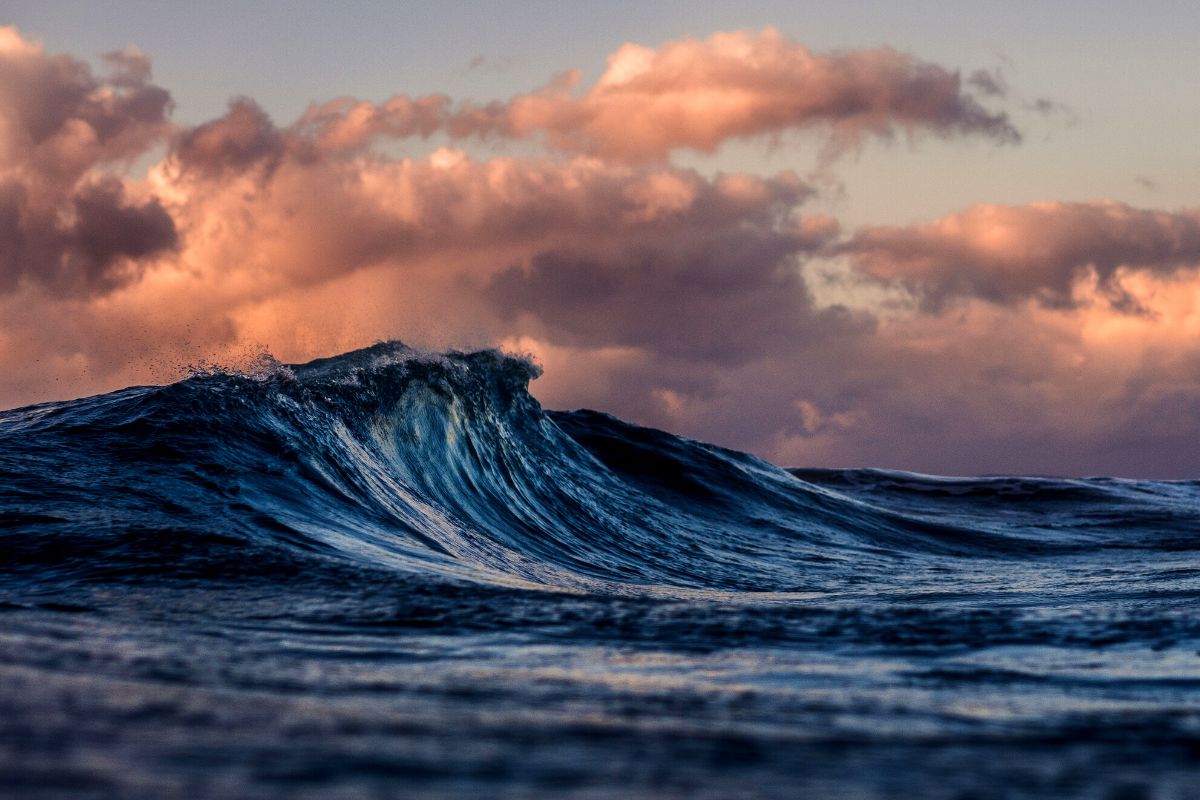
The Season of Creation is the annual global Christian celebration to listen and respond together to the cry of Creation. This year the Season was observed from 1st September to 4th October.
The theme for this year’s Season of Creation was “Listen to the Voice of Creation.” These voices included the voices of the communities, species, and ecosystems whose lives and livelihoods are threatened by ecological and climate injustice.
Let us listen to the voices of the waterbodies and communities affected by the destruction of water bodies.
Water is the world’s most basic source of life. It has the power to give life and to take life. About 2.2 billion people around the world lack access to safe water, and 4.2 billion people lack access to adequate sanitation.
One person dies every 37 seconds from water-related illnesses. We hear from the atolls of Tuvalu and Kiribati in the Pacific, the cry of the children: “We’re sinking. Enough sleeping. Do something now.”
In the name of the blue economy, the use, access, and control of our oceans and shores are transferred from traditional communities to transnational corporations.
The blue economy propagates an ideology that commoditizes the waterbodies and alienates the traditional communities from their habitat and livelihood.
The struggle against the Vizhinjam Harbour Project in Kerala is the resilience of the subsistence communities to protect waters and protect life.
We need to juxtapose these voices of the waterbodies and water defenders from our context with the biblical voices of the thirsty people and the parched earth. “I thirst” is a lament that we hear from the pages of the holy scripture.
The book of Genesis narrates the cry of thirst of a single mother and her child (Genesis 21: 15-19). The intimate violence on a slave woman’s body and the dispossession of their inheritance rights are the reasons for their desert experience and their cry of thirst.
The story of Hagar and Ishmael provides us with a new lens to understand the contemporary crisis of water. It exposes the role of interlocking systems of oppression such as patriarchy and racism in their wilderness experience.
Hagar’s cry reminds us that our ecological vocation needs to go beyond mere recycling and veganism. It is a call to engage in the mission of the reign of God.
The gospel narratives resound yet another cry of thirst. It is the cry from the cross, “I thirst” (John 19: 28).
The cross of Christ was the logical end of the type of life that Jesus lived. It was his unwavering commitment “to have life and to have it abundantly” that made him quarrel with the powers of his time.
His obedience to the will of God was the reason for him to cry, “I thirst.” According to Global Witness Report, last year alone, more than 200 water protectors and land defenders lost their lives due to the violence unleashed by the corporations and the state authorities.
Jesus’ cry of thirst, therefore, is an affirmation of the divine solidarity with all who thirst and die for water, dignity, and justice.
Biblical scholars are of the opinion that water has a voice in biblical narratives. We see in the Bible, that rivers and oceans cried out in resistance when they were being polluted and plundered with imperial violence and bloodshed.
As Isaiah reminds us, “When the poor and needy seek water, there is none, and their tongue is parched with thirst” (Isaiah 41: 17).
How do we interpret these laments of thirst? These laments remind us that the distress of the earth and the earth’s community is essentially a justice issue because those who are least responsible for the crisis are forced to bear its gravest consequences.
Last month, in the state of Rajasthan in India, a 9-year-old boy from an “untouchable” community was beaten to death by his own teacher for touching the water pitcher.
The water crisis is more than an issue of scarcity and accessibility. It is a justice issue. Settler colonialism, capitalism, racism, casteism, and patriarchy are intrinsically connected with the water crisis that we experience today.
These laments of thirst expose the inherent sinfulness of the prevailing order that destroys the springs of life-giving water and kills the water protectors.
As Prophet Isaiah observes: “The earth lies polluted under its inhabitants, for they have transgressed laws, violated the statutes, and broken the everlasting covenant” (Isaiah 24: 5) These lamentations are also the resilience of the communities to decolonize and redeem their water bodies.
Inspired and informed by the earth-healing practices of the Indigenous and subaltern communities, different countries are granting legal rights to rivers and waterbodies, recognizing their personhood. It is an affirmation of the inalienable right of the waterbodies to “flourish, regenerate, and evolve.”
The eco-justice movements all over the world have been successful in creating awareness against the onslaught of the privatization of water.
Remunicipalization of water and sanitation is getting momentum around the globe. More than 235 cities from 37 countries have already re-municipalized water services, affecting more than 100 million people.
We see this gospel of hope and resilience in the book of Revelation as well. Revelation proposes an alternative vision of water—water as a free gift for all.
“To the one who is thirsty I will give to drink from the spring of the water of life as a gift” (Revelation 21:6). “Let everyone who is thirsty come. Let everyone who wishes, take the water of life as a gift” (Revelation 22:17).
The apocalyptic vision of Revelation envisions the de-commodifying of the waterbodies and offers water as free gift to the entire community of creation. This is the vision of an economy of life where the commons are redeemed and restored as the commonwealth of all living beings.
The promise of free access to clean and pure water for all is therefore the Divine rejection of the prevailing political economy of privatization and commodification of our waterbodies.
Hagar’s vision of springs of water in the desert empowers us to believe that authentic and life-nourishing watersheds are possible only outside the logic and projects of conquest, control, exclusion, and supremacy.
Hagar invites us to create and be part of alternative watersheds that flourish life and disrupt the colonial, capitalist, patriarchal, and casteism projects of our times.
The book of Revelation ends with the vision of the river of the water of life, flowing from the throne of God and of the lamb through the middle of the street of the city (Revelation 22. 1-3).
The healing of the earth comes through the leaves of the tree which are nourished by the river of the water of life. Since the leaves and the waters participate in the salvific mission of God, protecting and reclaiming the water bodies from corporate plunder is nothing but our participation in God’s redemptive work in our midst.
The vision of the new heaven and new earth is the assurance of the divine promise of the redemption of the earth. God is determined to do a new thing on earth. God is going to change the face of the earth.
Listening to the voices of the water bodies and the water defenders is an invitation to discern redeeming and restoring the water bodies as our missional vocation.
And this mission challenges us to align ourselves with the grassroots communities for the flourishing of life, dismantling systems and practices of accumulation, plunder, supremacy, and exclusion.
Let us commit ourselves to this vocation by living out the slogan of the Student Strike for Climate movement: “The Ocean is rising and so are we.”
Photo by Silas Baisch on Unsplash; Photo by Fu Shan Un







